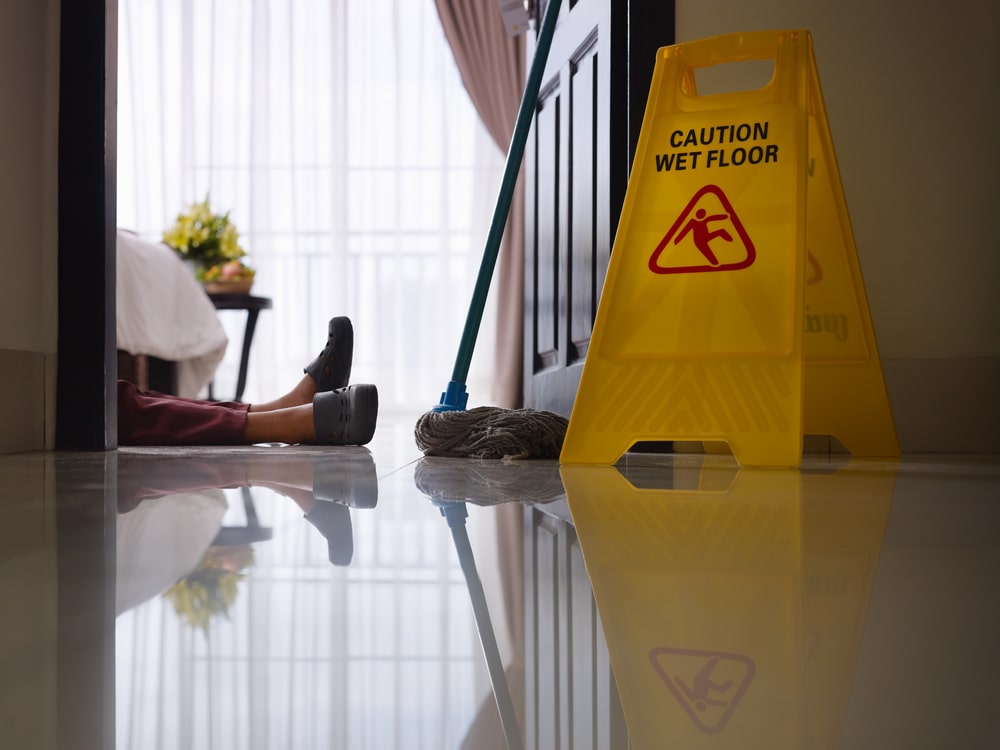In many slip and fall cases, one of the most important pieces of evidence is surveillance footage. Whether the incident occurred in a store, parking lot, or office building, video recordings can play a key role in how your claim is evaluated. Camera footage can either strengthen your case or present challenges, depending on what it shows and how it’s used.
Understanding how this type of evidence works can help you make better decisions after an injury on someone else’s property.
Why Camera Footage Matters In Fall Claims
In a typical injury claim, one of the biggest challenges is proving what actually happened. Property owners and insurance companies may dispute your version of events. They may claim there was no hazard, that the condition wasn’t dangerous, or that you were not paying attention.
Surveillance footage can clear up many of these disputes. It can show exactly how the fall happened, whether there was a visible hazard, how long the condition had existed, and even what actions staff or property managers took before and after the incident. These details matter when determining whether someone else’s carelessness caused your injury.
Footage Can Support Or Challenge Your Claim
When the video supports your version of events, it becomes a valuable tool. For example, if you slipped on a wet floor with no warning signs and the video shows that the area had been left unattended for hours, it can be strong evidence of negligence.
However, it’s important to understand that video can also work against you. If the footage shows that the hazard was clearly marked, or that you were distracted at the time of the fall, insurance companies may use that to argue that you were partially or fully responsible. That doesn’t necessarily mean you don’t have a valid case, but it may change how fault is evaluated.
Getting Access To Video Is Time Sensitive
One of the most important points about surveillance video is that it may not be available for long. Many businesses automatically delete footage after a short period—sometimes within just a few days—unless they’re asked to preserve it.
That’s why it’s important to request that any relevant video be saved as soon as possible after the incident. This is typically done through a formal request from your legal representative. Without that, key footage could be lost, and your claim could be harder to prove.
Video Is One Piece Of The Puzzle
While video can be powerful, it’s rarely the only evidence involved in a slip and fall case. Witness statements, medical records, incident reports, and photographs from the scene all contribute to building a complete picture of what happened.
Even if there is no video—or if the footage doesn’t clearly show the fall—it doesn’t mean your claim has no value. Other evidence can still support your account. On the other hand, if video is available, reviewing it carefully with a legal professional can help determine how it fits into the broader claim.
Businesses May Be Reluctant To Share Footage
In many cases, property owners are not eager to turn over surveillance footage. They may delay responding to requests or claim the video is unavailable. This is another reason why having legal support is important. Attorneys like those at Pavlack Law, LLC can attest to how valuable early action can be when dealing with businesses and their insurers.
Sometimes, legal steps such as filing a claim or court motion may be needed to force the release of footage. The earlier these steps begin, the better the chances of preserving the video before it is deleted or recorded over.
Legal Guidance Can Help Protect Your Rights
If you’ve been injured in a fall and believe there may be video of the incident, speaking with a slip and fall lawyer early on can make a difference. Legal professionals can take action to preserve evidence and evaluate how it affects your case. They also know how to handle situations where footage is unclear, missing, or contested by the other side.
Taking The Right Steps After A Fall
After a slip and fall, it’s natural to focus on medical care and recovery—but protecting your rights also requires timely action. Video footage, when available, can either help prove your claim or be used to challenge it. Either way, it plays a major role in how your case may move forward.


